Uncooperative cooperatives, Online platforms also dysfunctional
On 3 April 2019, then Prime Minister K P Oli Sharma inaugurated the Cooperative Market Development Programme (CMDP) at the National Assembly. Oli said that the government was initiating the modernisation and commercialisation of agriculture through cooperatives, and claimed that this was just the beginning.
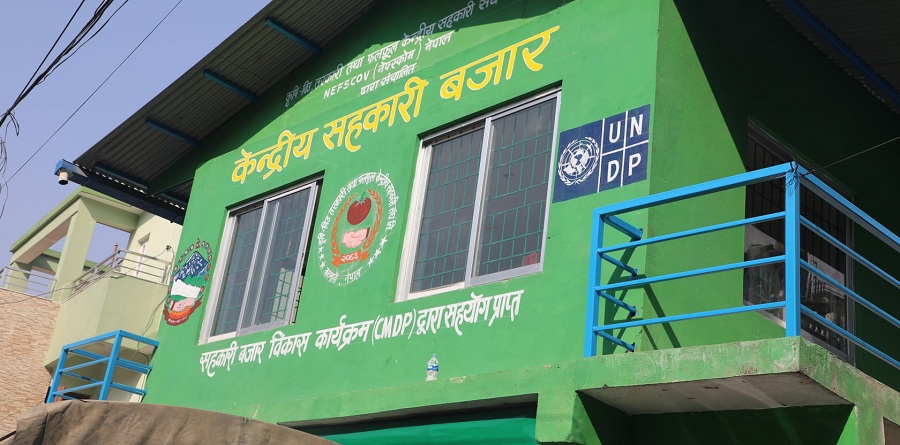
Also at the program organised on the occasion of the 62nd National Cooperative Day was then Minister for Land Management, Cooperatives and Poverty Alleviation Padma Kumari Aryal who added: “Farmers now don’t need to throw away their vegetables and fruits in lack of market, the collection centres and markets established by the Ministry will provide a fair price.” She also announced that the program would operate nationwide. Until that point, it had started in just six districts as a model.
Nearly two years after the program was officially launched, on 3 December 2020, Minister Aryal inaugurated the Central Cooperative Market in Saraswati Nagar in Kathmandu’s Chabahil. At the program, she reiterated what she had previously said at the CMDP inauguration.
The Nepal government launched the CMDP in partnership with the United Nations Development Program (UNDP) to provide consumers with vegetables and fruits produced by farmers affiliated with cooperatives through the network. Over six years, a total of Rs. 757.9 million was invested to develop the capacity of agricultural and multipurpose cooperatives, build vegetable collection centres and cold chambers, purchase transport vehicles, and set up market infrastructures in Lalitpur, Kavre, Nuwakot, Chitwan, and Dhading.
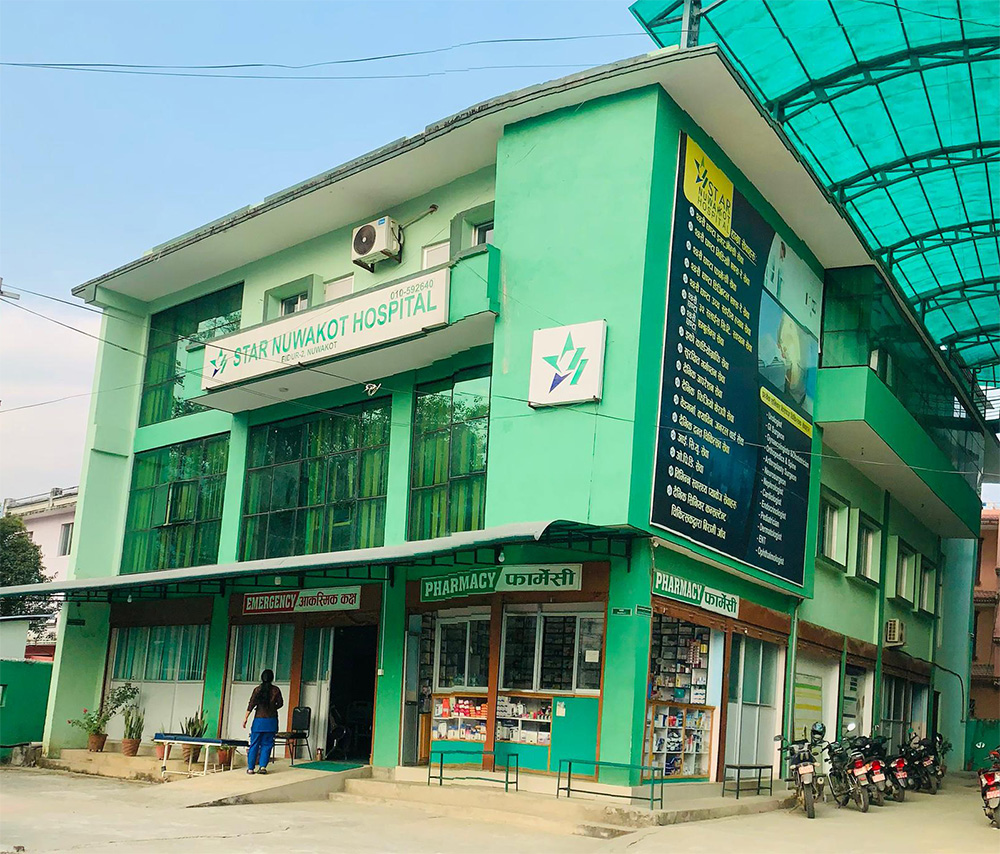
Oli is the Prime Minister once again. Balram Adhikari from CPN-UML is leading the Ministry of Land Management and Cooperatives. However, neither are the cooperatives that received grants from the CMDP program pricing and collecting vegetables nor are the markets operational.
Money down the drain, once again
The project proposal, designed by UNDP with international consultant Juan Achanov, a Spanish citizen, aimed at ending the existing middlemen or broker system in the vegetable trade, providing farmers with direct access to markets, and quality vegetables to consumers at affordable prices.
The program was estimated to cost Rs. 1.14 billion, with the Nepal government providing Rs. 515 million, the UNDP chipping in Rs. 220 million, and the remaining Rs. 405 million from cooperatives. The audit report states that the federal government and UNDP spent Rs. 757.9 million during the program period. Since cooperatives and local bodies also share the cost of market construction, one can assume that the total investment into the program is larger than the official amount.
However, all this investment is akin to pouring water on sand, amounting to nothing. Without their own marketing channel, farmers affiliated with cooperatives still have to go through many unnecessary layers of middlemen to get their vegetables to consumers. Farmers also say they are not getting a fair price for their produce while consumers complain that they still have to buy at a high price.
All of this has meant that infrastructure built under the program for farmers to produce, cooperatives to collect and transport to the market, and to sell through markets established at the municipal, district, regional and central levels has been rendered ineffective.
This program was implemented in the main districts supplying vegetables to the Kathmandu Valley — Nuwakot, Dhading, Makawanpur, Chitwan, Lalitpur and Kavrepalanchok. Under the program, 1,694 people from 58 cooperatives were trained for the institutional development of cooperatives, 343 from 69 in accounting management, 377 from 70 in business plan preparation, and 46 people from 24 cooperatives in value chain development, insurance and financial institutions.
Similarly, 71 primary cooperatives were provided with computers, printers, furniture, and stationery for the institutional capacity development, 58 were provided with irrigation pipes, spray machines, tunnels, drums, mulching plastic, mini tillers, tractors, and other agricultural materials while 40 received digital scales for weighing and crates for collecting vegetables and fruits.
Altogether, 56 vegetable collection centres, 11 small cooperative markets, two satellite markets, one regional cooperative market, 4 district markets, and 4 municipal markets were constructed in the districts where the program was implemented.
The program’s progress report also mentions that 53 vehicles for vegetable transport were provided to 45 organisations, and 45 units of humidity centres were constructed for 36 organisations.
Right concept, wrong people
The CMDP had provided a grant of Rs10.5 million to the Central Cooperative Association of Agriculture, Seeds, Vegetables and Fruits to set up a market in Kathmandu’s Chabahil. The idea was to set up a satellite market in Kathmandu Valley for vegetables produced in the district but not sold here and in regional markets. Considered the most important market under the program, it shut down in just 11 months. The CMDP had also provided three vehicles and other materials required for the market.
“We had no experience in operating a market, we even invested enthusiastically,” says association president Binod Parajuli, “But before long, we were forced to close the market as the losses kept piling up.” He claims that the loss in just one year amounted to Rs2 million.
-1738232603-1739947502.jpg)
The infrastructure built and the vehicles provided are now being rented out by the association. District Cooperative Association of Lalitpur in Mahalaxmisthan was built on Rs4 million with Indian assistance but the market at present is not operational.
Former president of the association, Madhav Dulal, admits that the market could not be operated as envisioned by the CMDP. “We should have brought vegetables from the primary organisation and sold them regularly from this market,” he tells us. “Without collection at the lower-level organisation, our market simply couldn’t work.”
The association has leased one floor of its building to the Bagmati Province Cooperative Association and the other to a private company. The association currently operates a market every Friday and Saturday at its office.
“We have also utilised the building for activities such as the Cooperative Enterprise Promotion Centre, milk sales, and the sale of nuts,” adds Dulal.
Consumers in Kathmandu Valley at present get their vegetable supplies from the government-funded Kalimati Vegetable Market as well as privately-funded markets such as those in Minbhavan, Balkhu, and Manohara.
Chandra Prasad Bajgain, president of Chandanpur Agricultural Cooperative Society in Lalitpur, says that they haven’t been able to collect vegetables because farmers can easily access traders than cooperatives.
“Traders invest in vegetables while they are planting, and they go door to door to collect,” he explains “That is why vegetables have not reached the collection centre we have built.” He further adds that even though farmers are affiliated with cooperatives, they rely on private traders rather than cooperatives when it comes to selling their produce.
But regardless of all these, once the infrastructure and system is in place, the concerned agencies should put a plan in place to operate it sustainably, says program director Suman Shekhar Manandhar.
“The government has built all the structures, it is now the responsibility of the concerned organisations to take its members into confidence and market it,” he adds. “Rather than operating the market, they are renting it out and earning money.”
Meanwhile, agri-cooperative activists claim that the program failed because the cooperatives selected to do the job were not equipped to, and hence the selection was entirely wrong.
Khem Bahadur Pathak, president of Nepal Agricultural Central Cooperative Association, sums it up: “If you give out subsidies to organisations that have bare minimum knowledge of agricultural production and marketing, how could the program have ever succeeded?”
Commercial complex, not vegetable market
The CMDP program provided grants for the development and promotion of agricultural markets but the cooperative built commercial buildings with that money. The Lalitpur District Association as well as those in Nuwakot, Kavre and Chitwan have all spent the funds for the construction of cooperative markets on commercial buildings.
An example of this is a private hospital currently operating in the cooperative market building built by the Nuwakot District Association in Bidur at Rs. 30 million. The association’s manager, Alina Shakya, says they are currently charging the hospital a monthly rent of Rs. 250,000.
-1739948186.jpg)
When asked about the legitimacy of using government funds provided to build a vegetable market to be used for commercial purposes, she said they were renting out the building because the CMDP program is now phased out.
Elsewhere, the Kavrepalanchok District Cooperative Association also built a four-story building in Banepa Bazaar but the association has rented it out to various commercial shops and stalls. The Chitwan District Cooperative Association, which received a grant of Rs1.5 million from the CMDP to build a cooperative market, has also built a commercial complex in Bharatpur. The association’s office and private shops are operating here instead of a vegetable market.
Similarly, the cold rooms built for storing vegetables have also fallen into disrepair. While some of them are being used to store agricultural produce, most of them have shut down because vegetable markets are not operating in the first place, as Alina Shakya of the Nuwakot District Association told us.
Subsidised vehicles for hire
The cooperatives also received vehicles including mini trucks, pickup vans and Tatamobiles for the collection and transport of vegetables from the farms to the market. In fact, CDMP distributed 53 vehicles to 45 cooperates . However, most of these vehicles do not transport vegetables.
Program Director Manandhar says that they have received complaints regarding the misuse of vehicles purchased for transporting vegetables. “From early on there were complaints that the vehicles that were supposed to carry vegetables were carrying rods and cement instead.”
For example, of the three vehicles that the Lalitpur District Association received as part of the project, they have rented out one to a transport company.
Online platforms also dysfunctional
Krishi Coop Bazaar is a website created to provide information about the price of vegetables online and also to sell them on the platform. This is also barely functioning. The CDMP also invested to develop an online market in collaboration with UNDP Accelerator Lab, and spent Rs. 800,000 doing so. However, no one has shown interest in running the platform, and hence, remained non-operational during the project period.
Binod Parajuli, the president of the Central Cooperative Association of Agricultural Seeds, Vegetables and Fruits, says that it is not clear who will operate this online market and how no one wants to take responsibility.
Disputes in the selection of cooperatives
Six initial cooperatives were selected from each municipality to run the CDMP project. The municipalities were given the authority to select the benefitting cooperatives. Madhav Dulal, Chair of the Lalitpur District Association says that municipalities were not sensitive in selecting the cooperatives, and subsequently the grants went to the wrong people.
Organisations that were cooperatives only in name and did not work in agriculture were also selected. In fact, Dulal adds that municipalities selected cooperatives based on party affiliation, not experience.
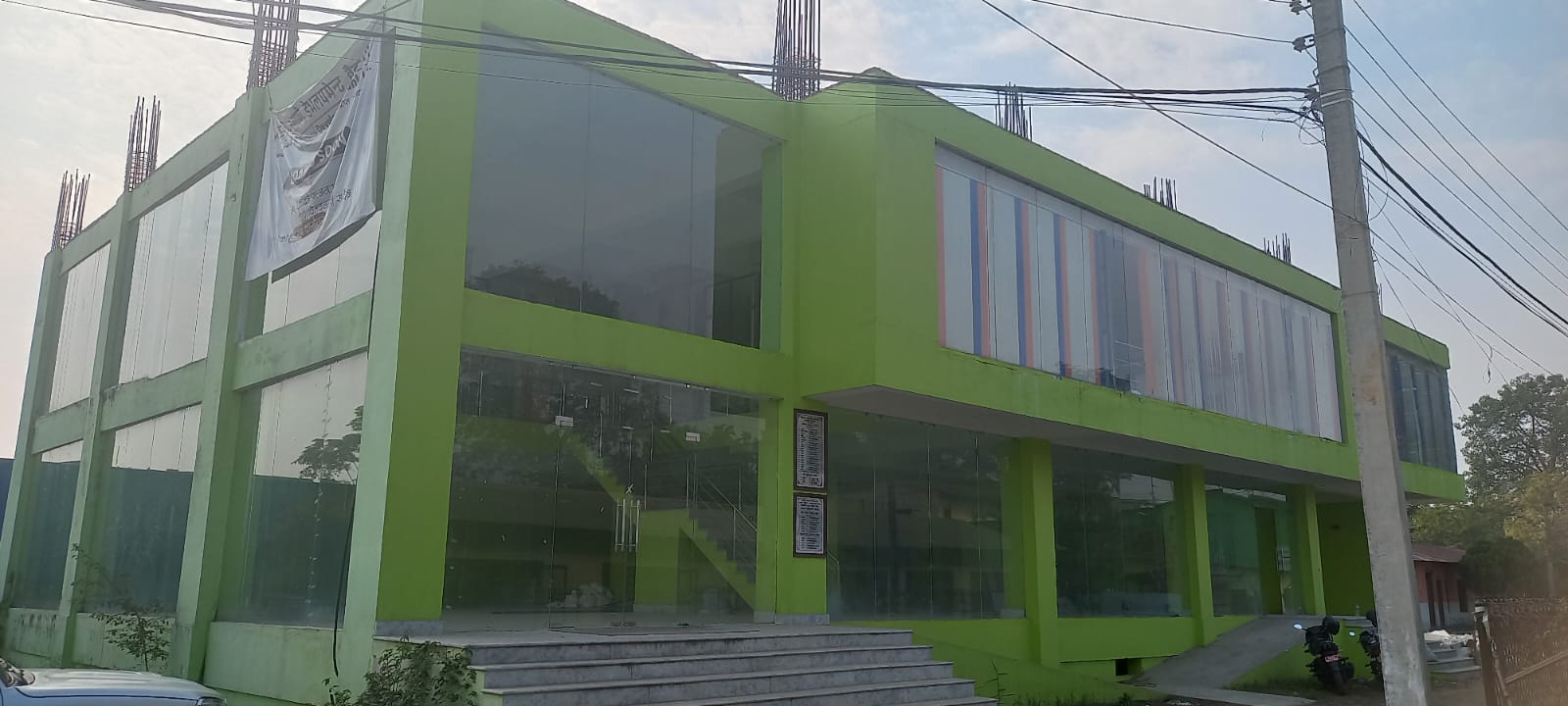
Chitra Kumari Thamsuhang Subba, the outgoing General Manager of the Cooperative Federation agrees says there were shortcomings in the selection of cooperatives. She alleges that vested interests with connections to the local governments took over the process, sideling the federation.
On the other hand, Manandhar, Director of the CMDP Program, says that the role of municipalities is important as the district associations are also represented in the committee that selected the cooperatives. “District associations have a role in selecting cooperatives, their training and capacity development, distribution of grants and necessary materials,” he explains. “Now that the grants are being misused, the district associations cannot escape responsibility, they must take responsibility.”
Sudarshan Dhakal, former registrar of a government department and cooperative expert, says that the government’s plan to create a network of markets and establish a value chain has failed because agricultural cooperatives have not been successful in Nepal.
“We have agricultural cooperatives which exist just in name, and real farmers do not have access to them. As such, it is natural for the plan to create a separate market network to fail,” he adds.
Another cooperative expert Dr Bishwamohan Acharya, who is also the national consultant for the project, says there has been a serious flaw in the selection process of the cooperatives. “Cooperatives were not selected based on needs and activities, and the project couldn’t operate in a way that would yield results because of vested interests.”
With the end of the CMDP program period, the ownership of the program has completely transferred to the Ministry of Land Management, Cooperatives and Poverty Alleviation. However, so far, the Ministry does not have any records of cooperatives supported under the program and their current status.
Secretary ay the Ministry, Arjun Prasad Pokharel, declined to comment, saying he was not aware of it since it is an old program but an investigation would be conducted. “The state has invested heavily in this program. If there has indeed been a misuse of the funds, action should be taken as per the rules,” he told us.
The agreement with the UNDP states that the government will follow and expand the program after the end of the project period.
The need for restructuring
Gopinath Mainali, the then Secretary of the Ministry of Land Management, Cooperatives and Poverty Alleviation, says that the CMDP model was not right, to begin with. He says he even stopped the program for some time because preparations weren’t underway to move ahead with it. “I think the program should have been distribution-oriented and demand-based,” he says of CMDP.
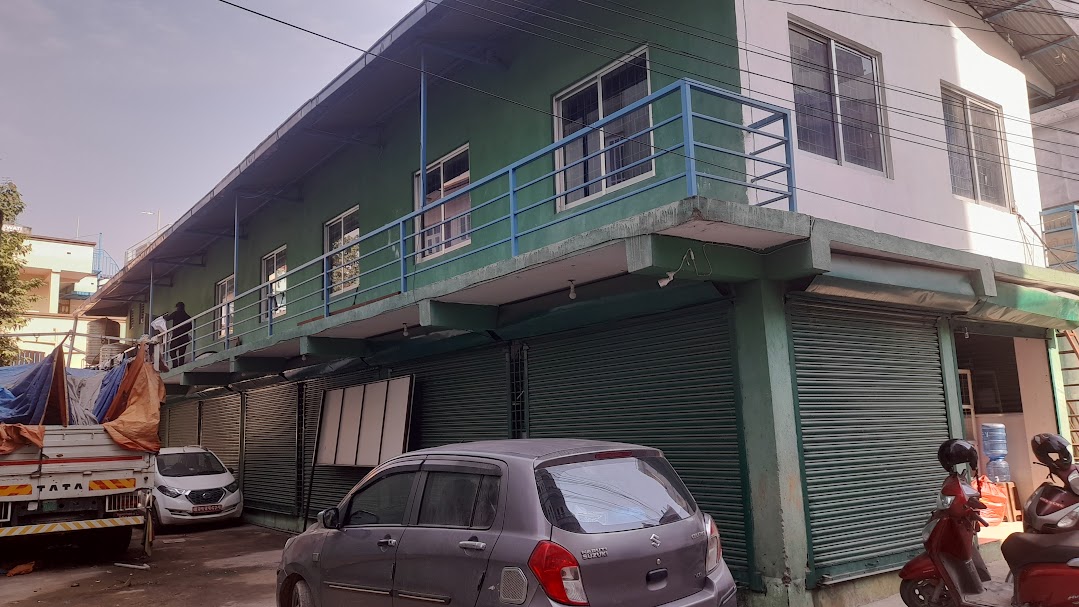
He recommends developing market structures in each district and restructuring the project so that it can make good use of the system moving forward. He adds, “We should learn from the failure of the first phase and move the program forward in an affordable model, otherwise the state’s huge investment will be wasted.”
Chitra Kumari Thamsuhang Subba says that the overall objective of the CMDP was for the good of the farmers and consumers alike but there were implementation challenges.
She says: “They should have taken top to bottom approach for this program, they did the opposite, however. There is no market at the top, but before anything else, we started production at the bottom, it was bound to fail.”


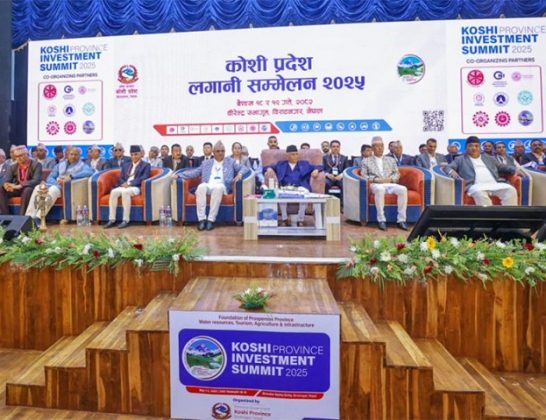


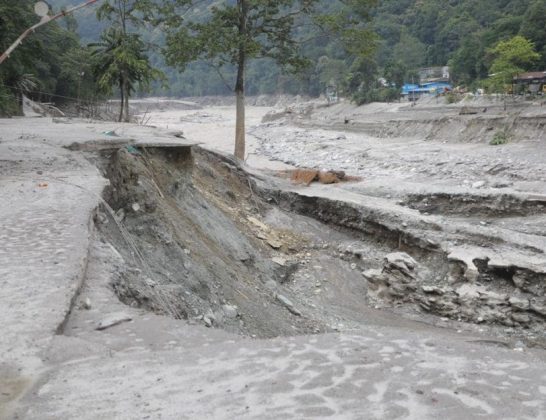
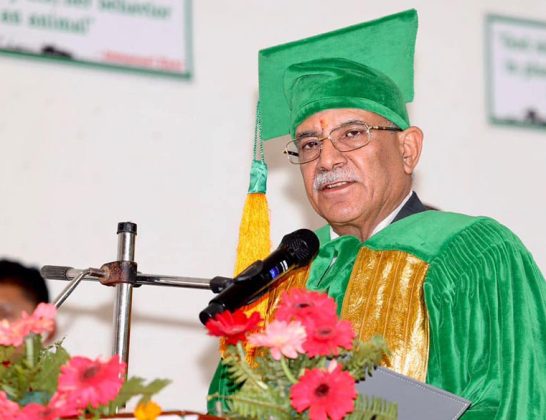


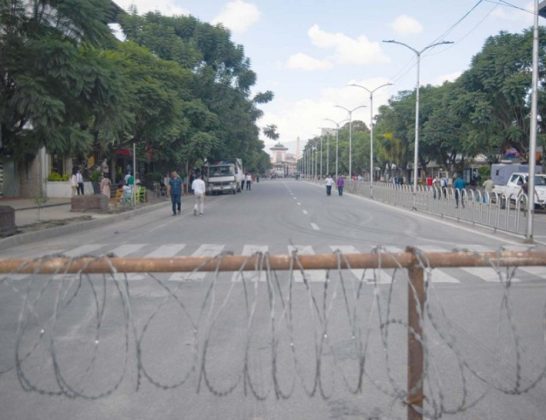

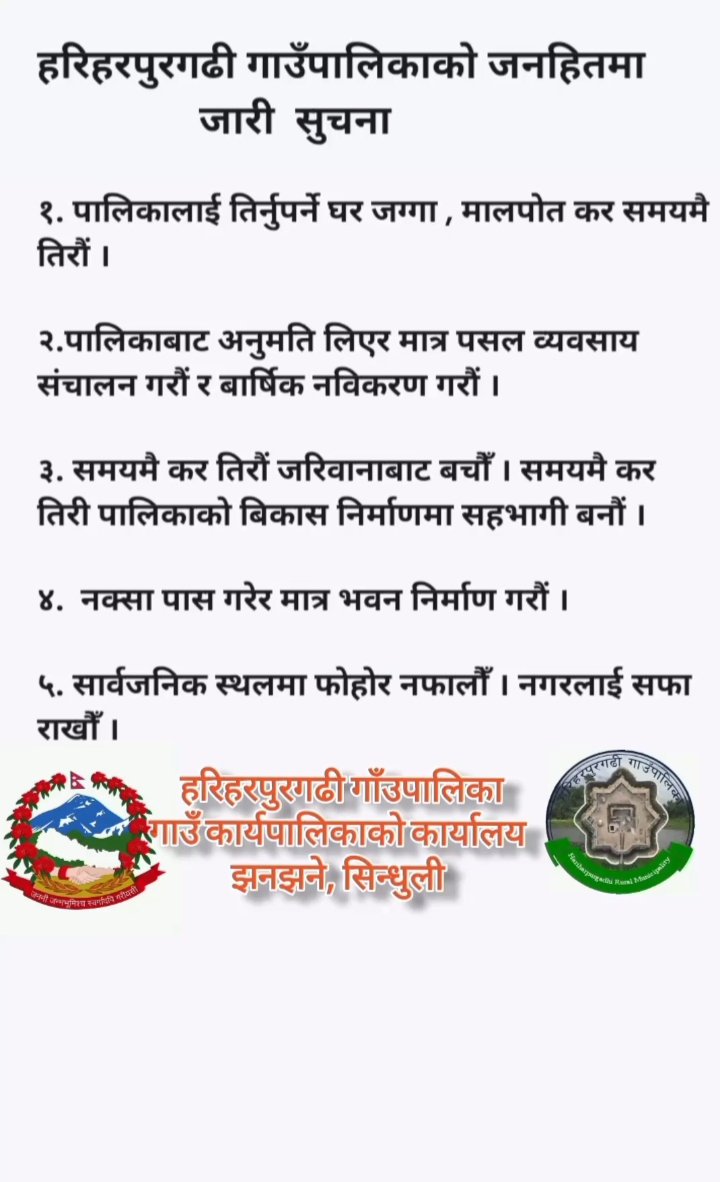
Comments